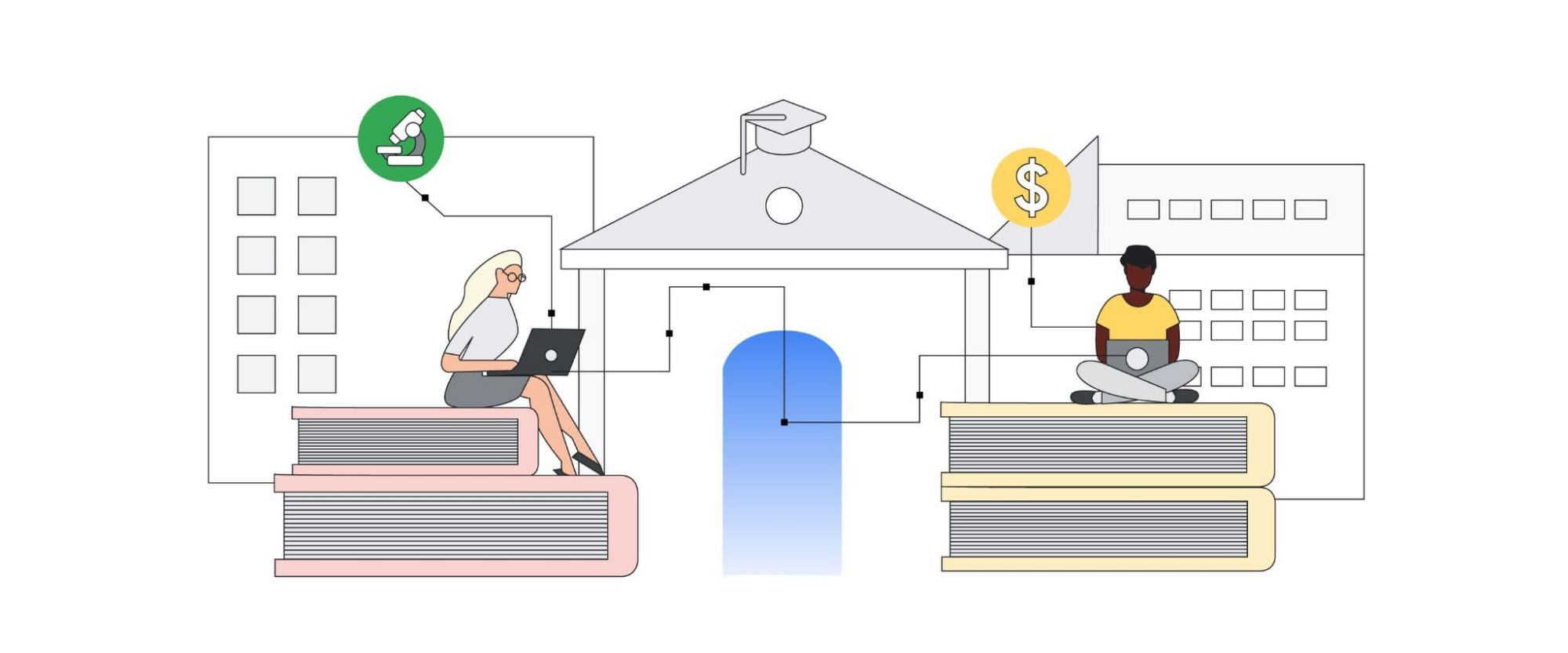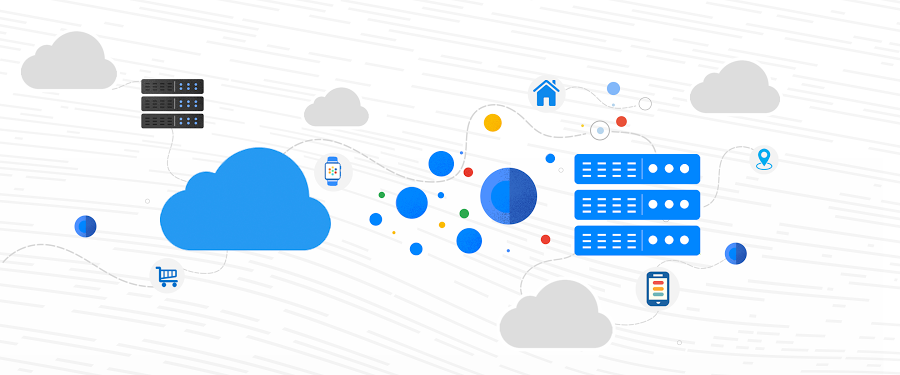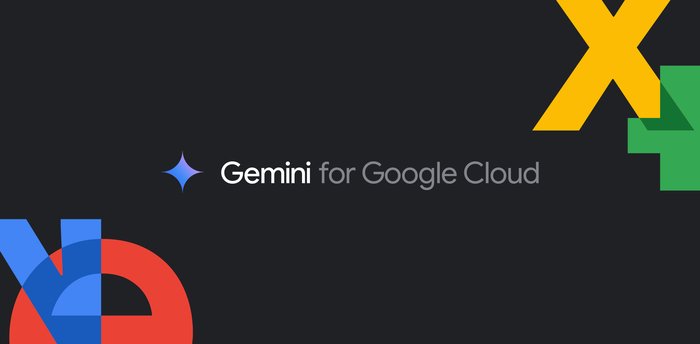UCLA: Building the future of higher education technology with APIs

Vikas Anand
Director Product, Firebase
Imagine you work at a university, and every time you need to use department funds to pay for something, you’re required to go through a protracted, multi-step process. Or suppose you’re a student trying to review your academic record, then browse and enroll in classes you need-- but different parts of the process are scattered across different apps and websites, some with conflicting information. Today’s consumers expect engaging, low-friction digital experiences from businesses--and likewise, today’s students expect similarly straightforward and smooth experiences from institutions of higher learning.
Now imagine you’re part of the university IT staff that has to replace old processes with digital experiences. You wouldn’t want to do a custom integration for each project--for each new use case in which a faculty member needs to buy something, a student needs class information, and so on. Instead, you need data and functionality to be simply, repeatably, scalably available to developers for new uses. You wouldn’t want these systems to be merely available. Instead, you’d need them to be painless for different collaborators to find, resilient to spikes in traffic, simple to govern en masse, and easy to secure.
This is the kind of challenge the IT team at the University of California, Los Angeles (UCLA) faced. The school has a long history of accolades for its great IT-- but technology never stands still, and to move as quickly and agilely as students, staff, and partners expect, UCLA needed a modern, API-first approach to building apps and digital services.
Curtis Fornadley, program manager for Enterprise Integration at UCLA, said that like many large organizations, the university has many legacy systems that need to be leveraged for modern applications.
“Previously, UCLA’s team ran an enterprise service bus, with a homegrown gateway for SOAP services,” he explained. “But SOAP-based services are difficult to scale, and managing them often involves locking them down, which clashes with our need to make data and functionality easier for developers to use.”
Today’s API-first architectures are designed to be scaled across decentralized teams, letting administrators apply governance and security while still letting developers work faster by easily harnessing the resources they need. Recognizing the need to adopt such an architecture at UCLA, Fornadley formed a comprehensive API program proposal that culminated in the university adopting Apigee, Google Cloud’s API management platform, to bring the vision to life.
“We needed API management to help people across the university more efficiently create new solutions,” he said.
Cornerstones of this vision include the development of the Ascend Financial System and the Student Information System. The former extends the university’s financial system APIs, making them accessible to developers from various departments via secure and scalable self-service capabilities. The Student Information System encompasses APIs that provide real-time access to the students’ academic, financial and personal records to various UCLA applications on campus. With these two projects alone, the number of APIs, and the number of applications using and depending on them, increased considerably, requiring comprehensive management to keep services online, monitor their usage, and authenticate access to them.
Without a campus-wide API program, the success of such initiatives would be threatened by fragmented API experiences for both internal developers and partners. UCLA currently manages over 200 APIs and is building out a hub-and-spoke model in which developers use a self-service portal to find and access the services they need. With federated, campus-wide API governance in place, the program ensures a consistent experience for all parties, and establishes authoritative single “sources of truth” when developers are leveraging data for applications.
Although UCLA’s API program is still growing, many results already speak for themselves. On-campus Apigee usage has grown from 1 million calls in 2020 to over 11 million (so far) in 2021. The transition of all APIs from the home-grown gateway to Apigee is completing this month and the expected usage by the end of the year is expected to be at least 49 million calls.
The program also provides a foundation for myriad innovations going forward. By monitoring API usage and generating analytics, for example, the university is learning which services are being leveraged in interesting or popular ways, which will guide future investments, and they’re gaining insights to secure APIs against evolving threats. Additionally, APIs are helping UCLA to activate their vast data stores, both by breaking down the silos between them and making them connectable to services in the cloud. Not least of all, APIs are making it easier for partners to work with UCLA, enabling faster, simpler collaboration and sharing of services.
To try Apigee for free and learn how it can help your organization, click here.



